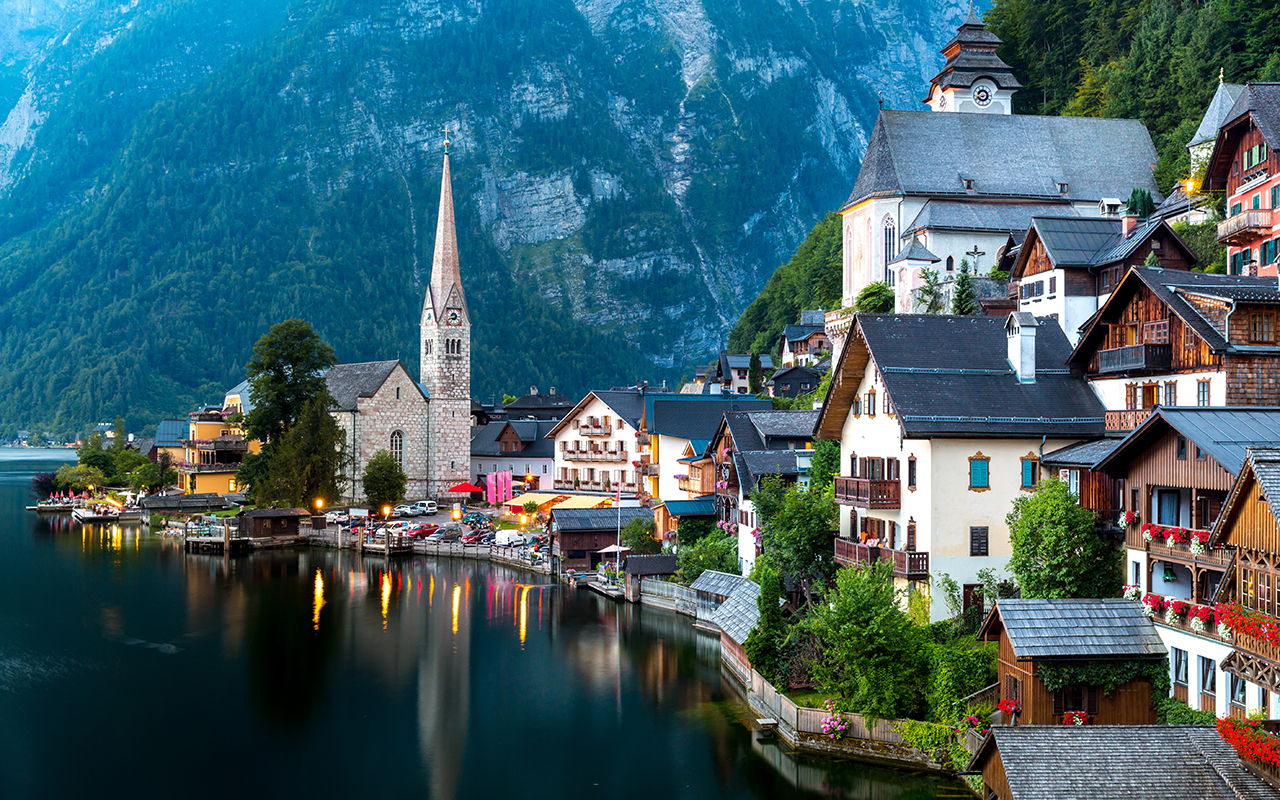
Everyone visits Paris, Rome, and London. But what if the real magic is elsewhere? Overtourism is reshaping Europe—in 2023, Venice introduced a tourist tax to combat overcrowding, and Amsterdam is cracking down on mass tourism. By 2025, experts predict a 30% increase in travelers seeking off-the-beaten-path destinations.
Before the secret gets out, here’s where to visit in 2025. No crowds. No overpriced attractions. Just Europe’s best-kept secrets waiting to be explored.
1. Chemnitz, Germany – The European Capital of Culture 2025
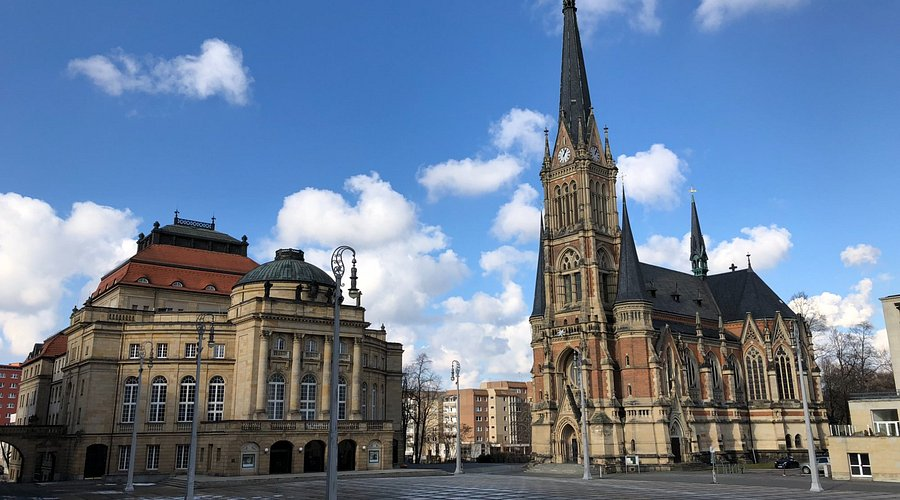
Chemnitz is stepping into the spotlight as one of Europe’s Capitals of Culture for 2025, making it a must-visit for travelers seeking a fresh cultural experience. Located in eastern Germany, this underrated city blends industrial heritage with modern art and innovation. Explore the Kassberg district, known for its 19th-century architecture, and the impressive Karl Marx Monument.
2. Pontevedra, Spain – A Pedestrian’s Dream in Galicia
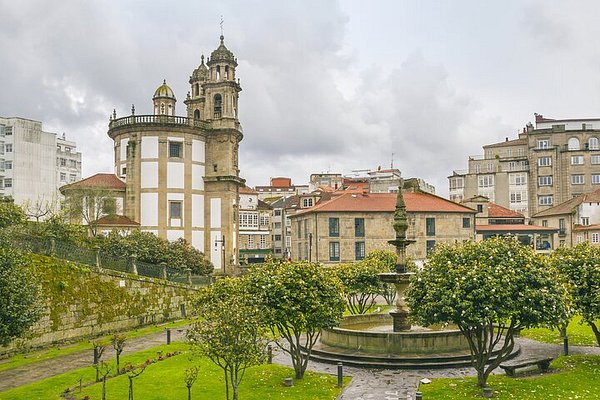
Nestled in the heart of Spain’s Galicia region, this city is an architectural time capsule of Romanesque churches, Baroque facades, and medieval squares. Visitors can wander through Plaza de la Leña, admire the Santuario da Virxe Peregrina, or savor fresh seafood along the Rías Baixas coast. Known for its sustainability and laid-back lifestyle, Pontevedra is perfect for travelers seeking an authentic, traffic-free Spanish escape.
3. Bruges, Belgium – A Fairytale City of Canals and Cobblestones
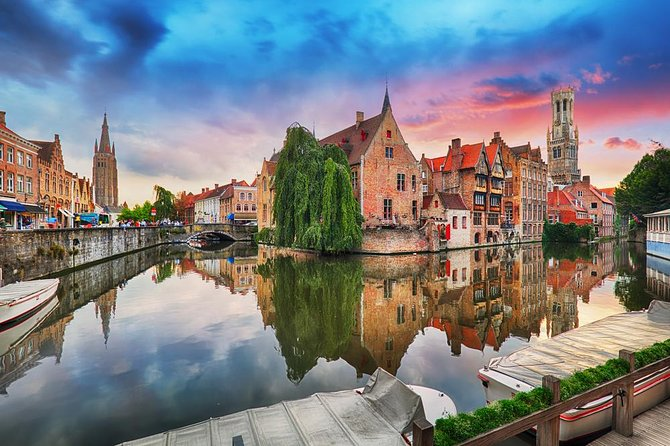
This UNESCO-listed city in Belgium is known for its Belfry of Bruges, offering stunning panoramic views. Take a boat ride through the canals, explore the Markt Square, or indulge in Belgian chocolates and waffles from quaint cafés. Despite its popularity, Bruges still offers hidden corners and quiet moments—perfect for travelers looking for a romantic, picture-perfect European city without the crowds of Paris.
4. Ghent, Belgium – The Perfect Blend of History and Hipster Culture
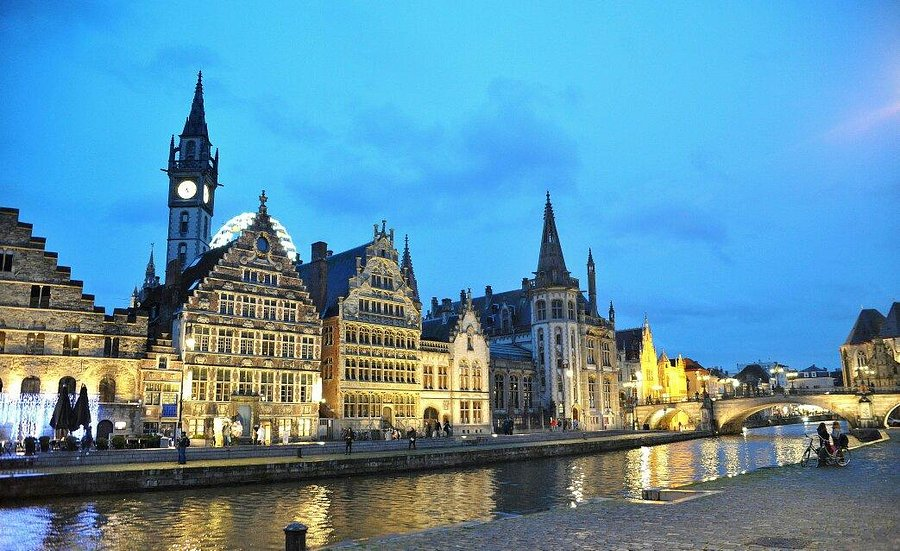
Ghent is the perfect mix of medieval charm and youthful energy. While its medieval castle, Gravensteen, and St. Bavo’s Cathedral (home to the famous Ghent Altarpiece) attract history buffs, its trendy cafes, street art, and nightlife make it a dynamic city. Unlike its busier neighbor Bruges, Ghent feels more local and lived-in, offering a vibrant arts scene and relaxed waterways.
5. Lübeck, Germany – The Hanseatic Jewel on the Baltic Sea
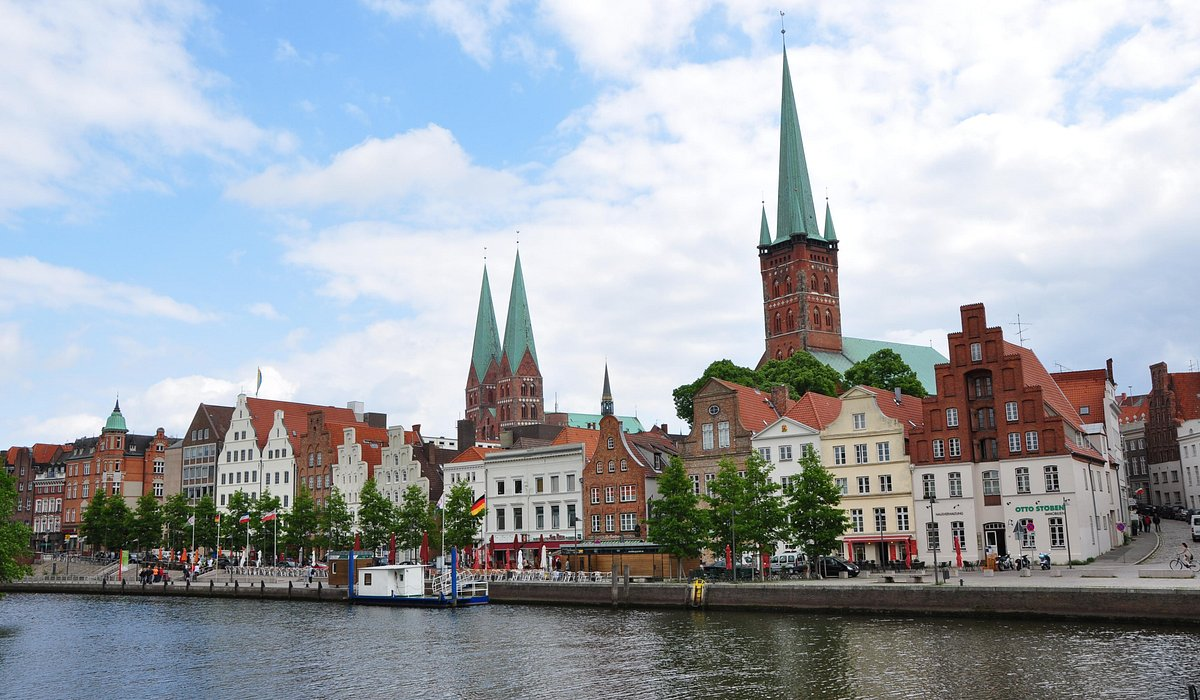
Lübeck is a UNESCO-listed medieval town that once dominated European trade as part of the Hanseatic League. Its brick-Gothic architecture, including the iconic Holstentor Gate, makes it one of Germany’s most photogenic small cities. Walk through the cobblestone streets of the Old Town, visit St. Mary’s Church, or try the city’s famous marzipan.
6. Vilnius, Lithuania – The Baroque Capital of the Baltics
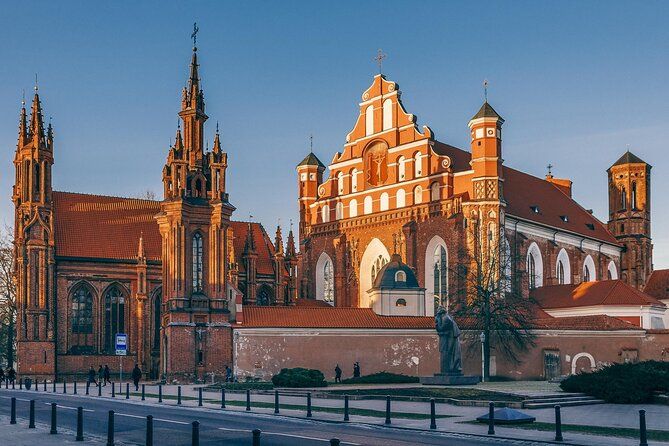
Vilnius is often overlooked in favor of more mainstream capitals, but those who visit are rewarded with stunning baroque architecture, quirky street art, and a buzzing café culture. Its UNESCO-listed Old Town is home to landmarks like Gediminas Tower, the Gates of Dawn, and St. Anne’s Church. The Užupis district, a self-proclaimed “Independent Republic”, is a haven for artists and creative minds.
7. Oban, Scotland – The Seafood Capital of Scotland & Gateway to the Isles
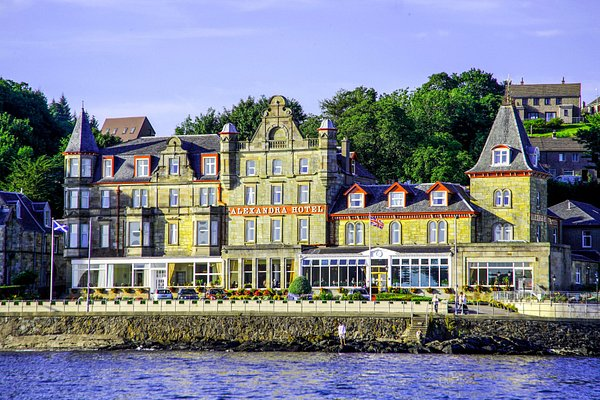
A charming coastal town in western Scotland, Oban is the perfect blend of rugged landscapes, rich history, and world-class seafood. Known as the “Gateway to the Isles,” it serves as the launching point for ferries to Mull, Iona, and the Inner Hebrides. Visitors can explore the ruins of Dunollie Castle, tour the Oban Whisky Distillery, or hike up McCaig’s Tower for stunning coastal views.
8. Omiš, Croatia – The Former Pirate Stronghold on the Adriatic
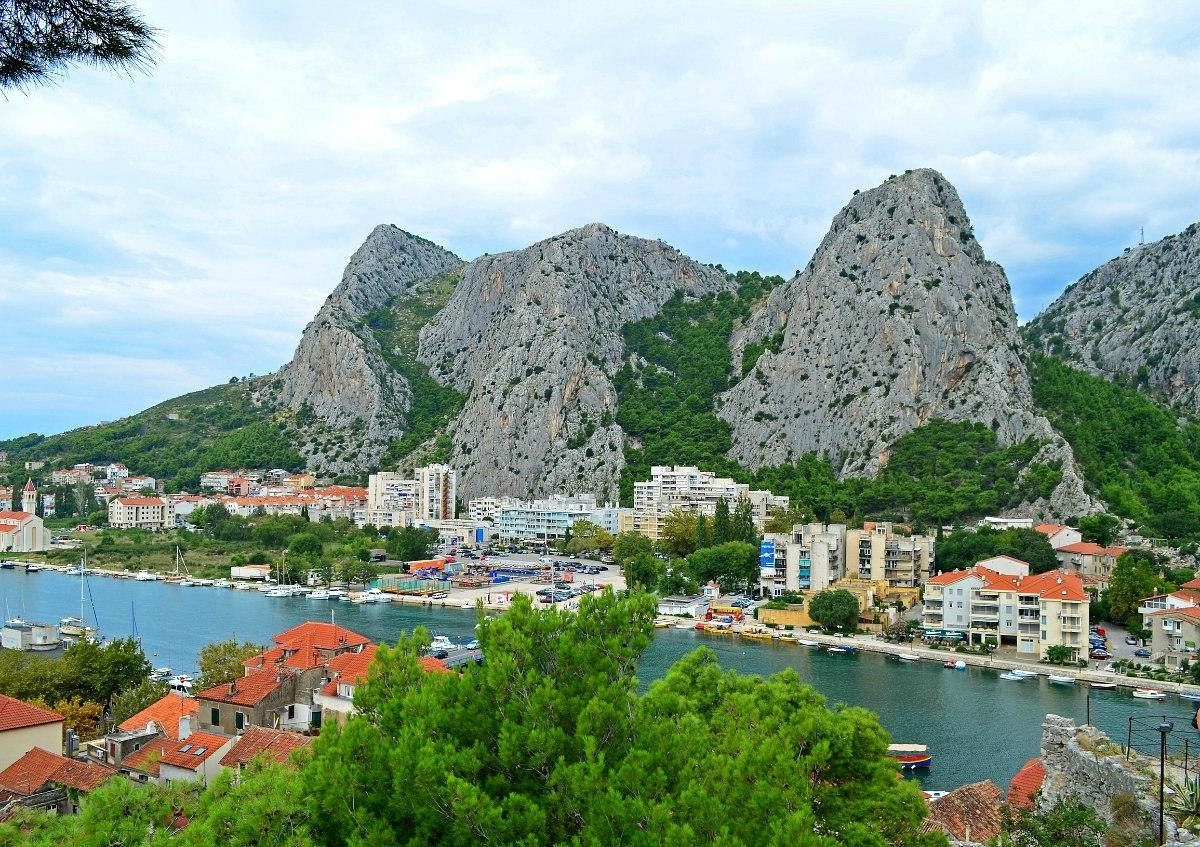
Tucked between towering cliffs and the crystal-clear Adriatic Sea, Omiš is a Croatian coastal town with a swashbuckling past. Once a notorious pirate hideout, today it is best known for its thrilling outdoor adventures—from zip-lining across the Cetina River canyon to rafting through rugged landscapes. The medieval Mirabella Fortress offers spectacular views, while the Old Town’s stone streets tell the town’s storied history.
9. Rastoke, Croatia – A Fairytale Watermill Village
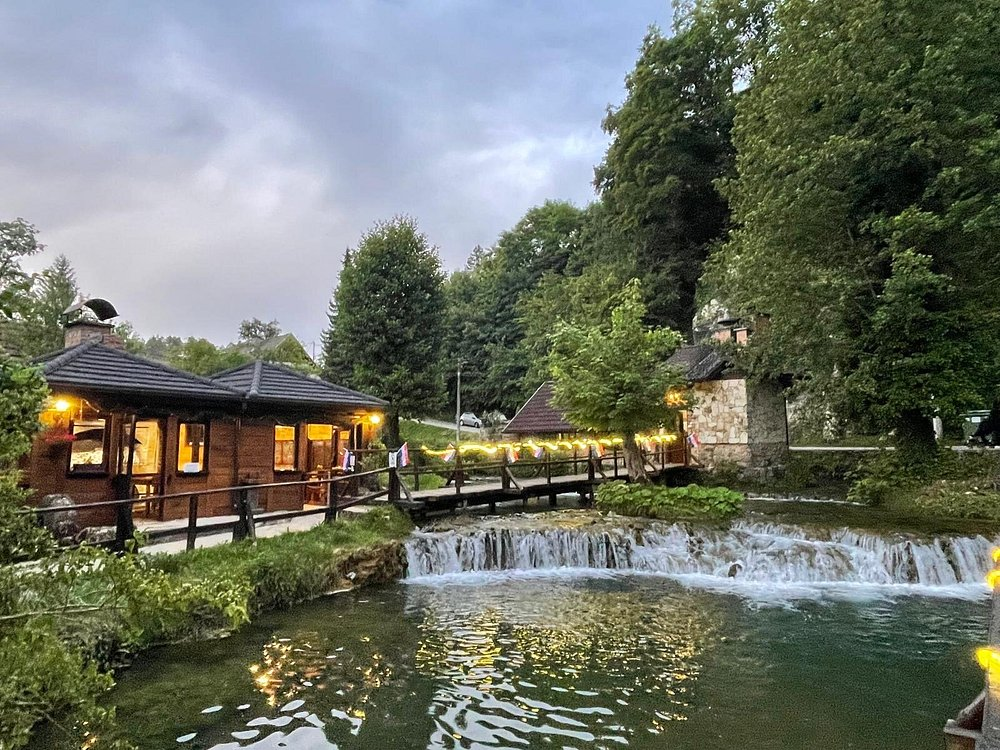
Rastoke is a hidden Croatian village straight out of a storybook, famous for its watermills, cascading waterfalls, and wooden bridges. Located just outside the Plitvice Lakes National Park, it offers an equally magical experience without the crowds. Here, houses are built above rushing streams, and locals still live in centuries-old watermill homes. Rastoke is a dreamy escape for nature lovers and photographers alike.
10. Ustica, Italy – The Untouched Mediterranean Paradise
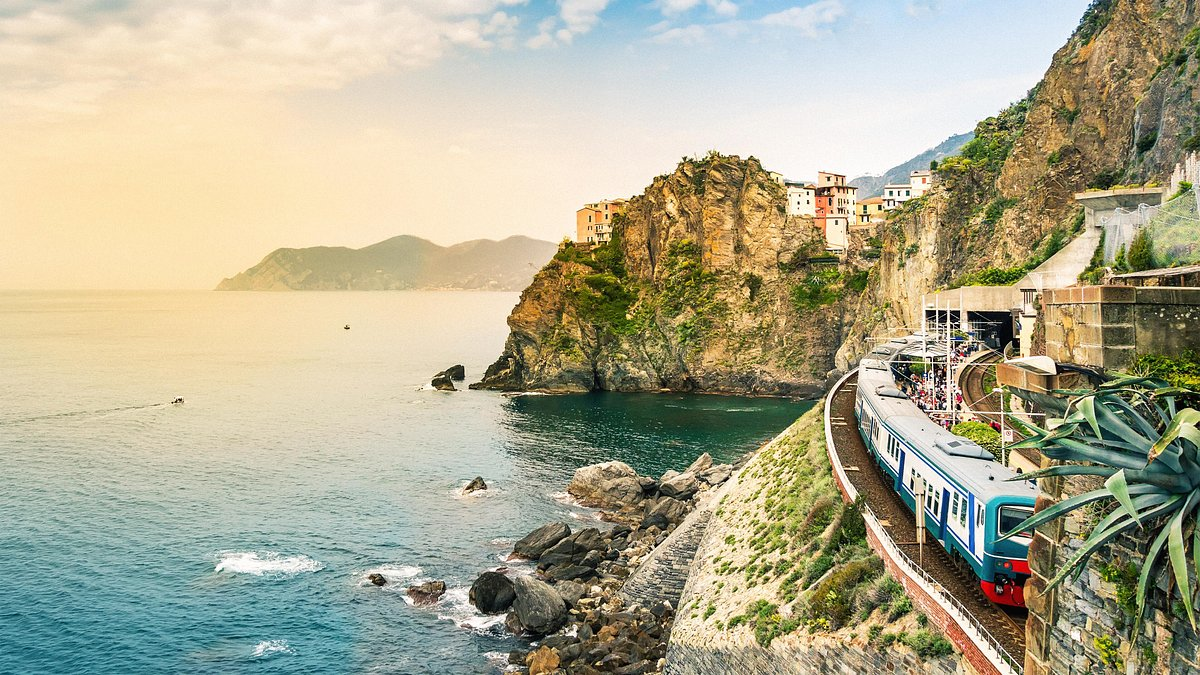
A tiny island north of Sicily, Ustica is a volcanic gem with crystal-clear waters, hidden caves, and an untouched Mediterranean feel. Often called the “black pearl of the Mediterranean”, its waters are protected as a marine reserve, making it a paradise for diving and snorkeling enthusiasts. Hike to the Punta Spalmatore Lighthouse, explore prehistoric ruins, or feast on local Sicilian cuisine in family-run trattorias.
11. Guimarães, Portugal – The Birthplace of Portugal
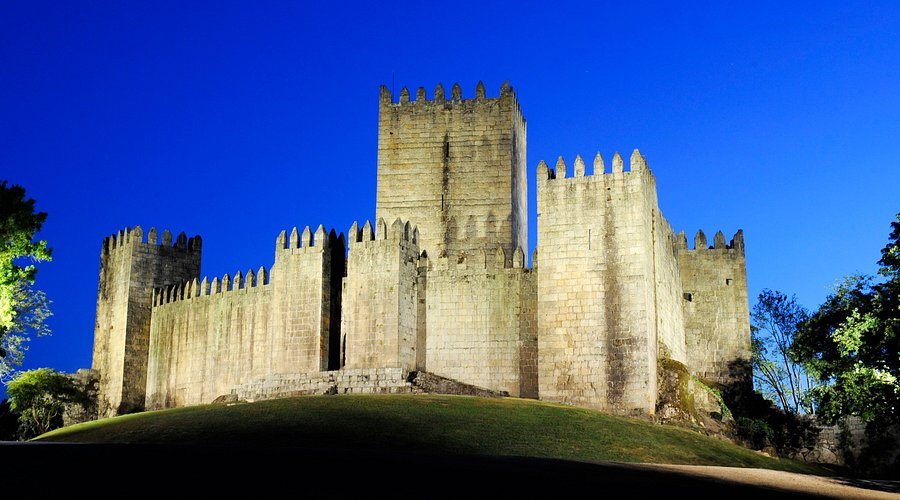
Guimarães is often called the “Cradle of Portugal” since it’s where the country’s first king, Afonso Henriques, declared independence in the 12th century. This historic city boasts a beautifully preserved medieval Old Town, which is a UNESCO World Heritage Site. The Castle of Guimarães and the stunning Palace of the Dukes of Braganza take visitors back in time.
12. Vitoria-Gasteiz, Spain – The Green Capital of Spain

The capital of the Basque Country, Vitoria-Gasteiz is a green city with a historic heart. Recognized as the European Green Capital, its lush parks and urban forests make it one of Spain’s most sustainable cities. The medieval quarter, one of the best preserved in Spain, is home to the Santa María Cathedral, which inspired Ken Follett’s novel World Without End.
13. Aarhus, Denmark – Denmark’s Coolest Small City
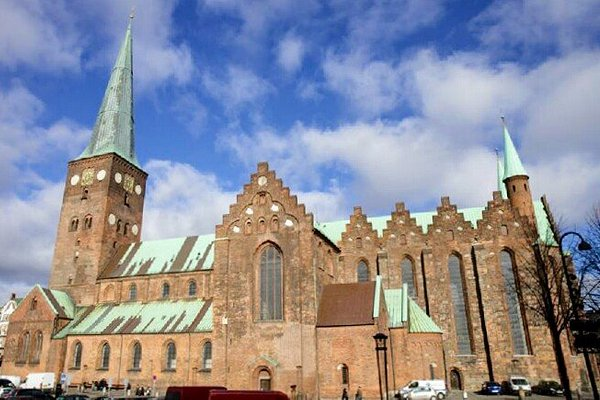
Aarhus is Denmark’s second-largest city but retains the charm of a small, creative hub. Known as Scandinavia’s cultural capital, it blends Viking history with modern art. The ARoS Art Museum and the vibrant Latin Quarter showcase its artsy side, while Den Gamle By (The Old Town) takes visitors back to Denmark’s past. The city’s waterfront offers stunning views, innovative dining, and a laid-back atmosphere.
14. Tbilisi, Georgia – Where East Meets West
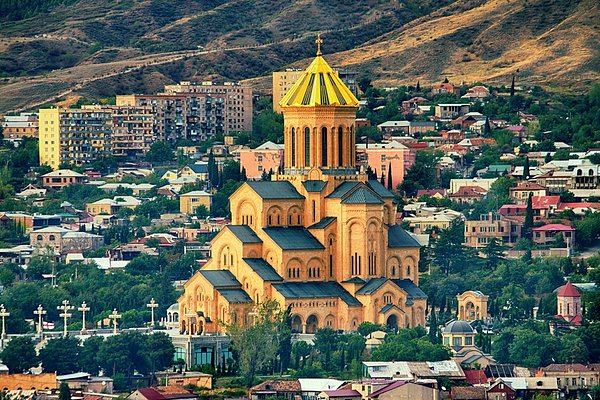
Tbilisi is a blend of medieval charm, Soviet history, and modern creativity. Its colorful Old Town, with balconied houses and cobbled streets, sits beneath the ancient Narikala Fortress. The city’s sulfur baths have been a favorite since Silk Road traders passed through. Today, it boasts a vibrant nightlife, thriving arts scene, and some of Europe’s best food and wine.
15. Tallinn, Estonia – A Medieval City with a Tech Edge
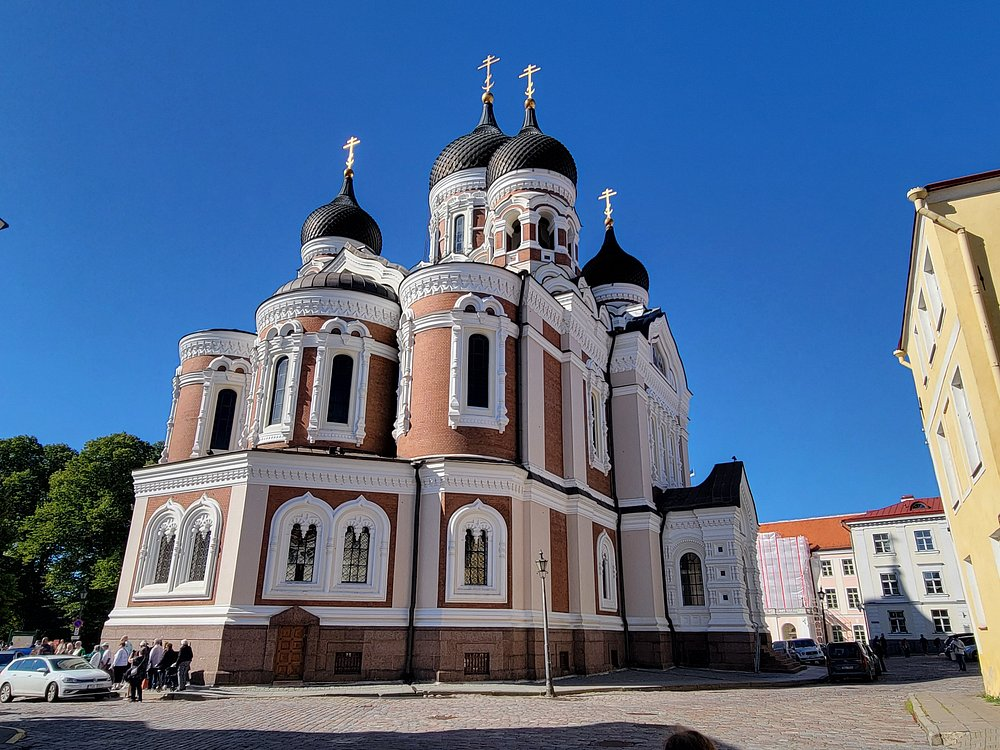
Tallinn is a perfect fusion of medieval history and digital innovation. Its UNESCO-listed Old Town is one of Europe’s best-preserved, with cobblestone streets, towering church spires, and medieval city walls. Highlights include Toompea Castle, Alexander Nevsky Cathedral, and Town Hall Square. But Tallinn is more than its past—it’s one of the world’s most tech-savvy cities, home to e-Residency programs and start-up culture.
16. Riga, Latvia – The Art Nouveau Capital of Europe
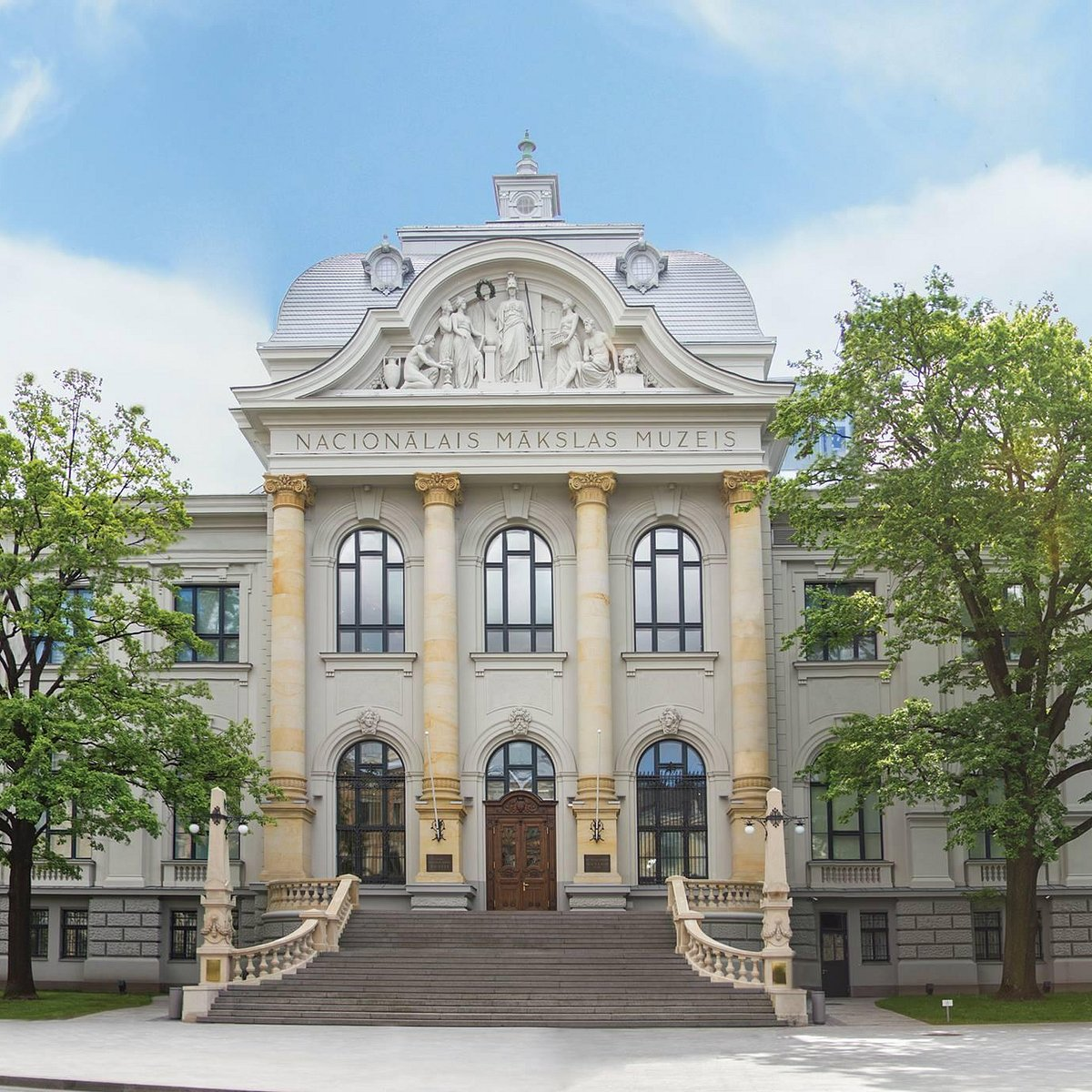
Riga is Eastern Europe’s hidden architectural treasure, boasting the largest collection of Art Nouveau buildings in the world. Its UNESCO-listed Old Town is full of pastel-colored houses, lively squares, and historic churches like St. Peter’s Church and Riga Cathedral. The city’s Central Market, housed in former Zeppelin hangars, is a foodie’s paradise. At night, Riga transforms into a lively cultural hub, with jazz clubs and trendy rooftop bars.
17. Novi Sad, Serbia – The Cultural Capital of Serbia
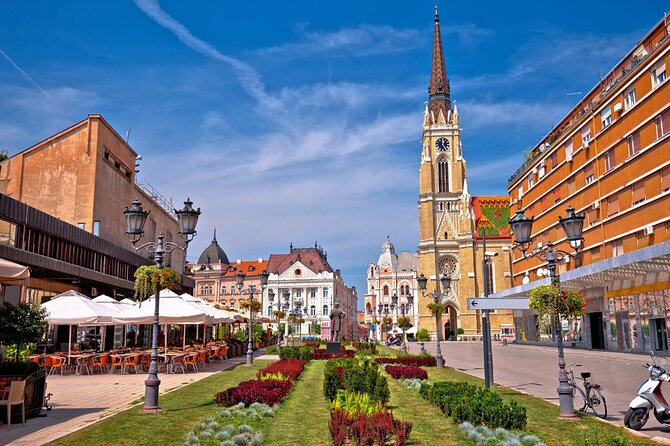
Novi Sad is a vibrant city on the banks of the Danube, best known for Petrovaradin Fortress, which hosts the world-famous EXIT Festival. As the 2022 European Capital of Culture, Novi Sad continues to shine with its bohemian quarters, colorful street art, and café culture. The pedestrian-friendly Dunavska Street is lined with charming buildings, while the Danube River offers beautiful waterfront walks.
18. Galway, Ireland – The Festival City of Ireland
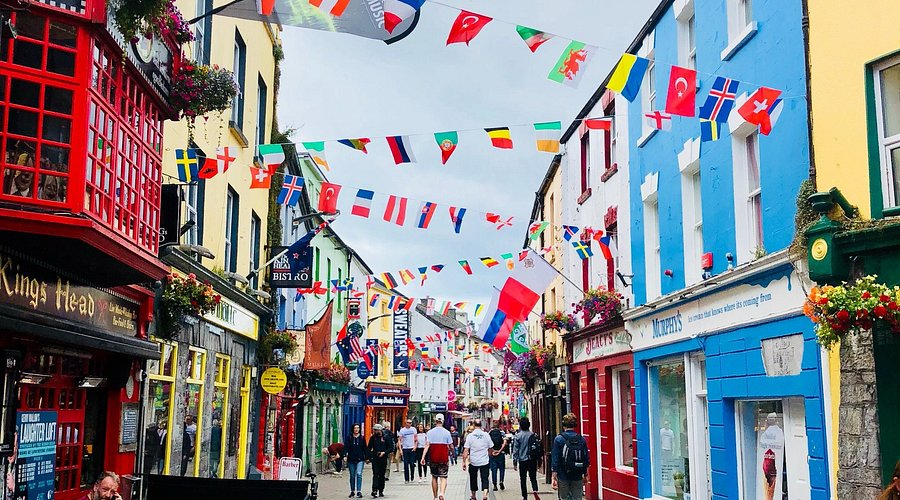
Galway is a cultural powerhouse known for its colorful streets, live music, and legendary festivals. Sitting on Ireland’s rugged west coast, it’s a gateway to the Cliffs of Moher, the Aran Islands, and Connemara National Park. The city’s Latin Quarter is filled with pubs, traditional Irish music, and lively energy. Home to the Galway International Arts Festival and Oyster Festival, Galway is a must-visit.
19. Split, Croatia – A Coastal City Steeped in Ancient Rome
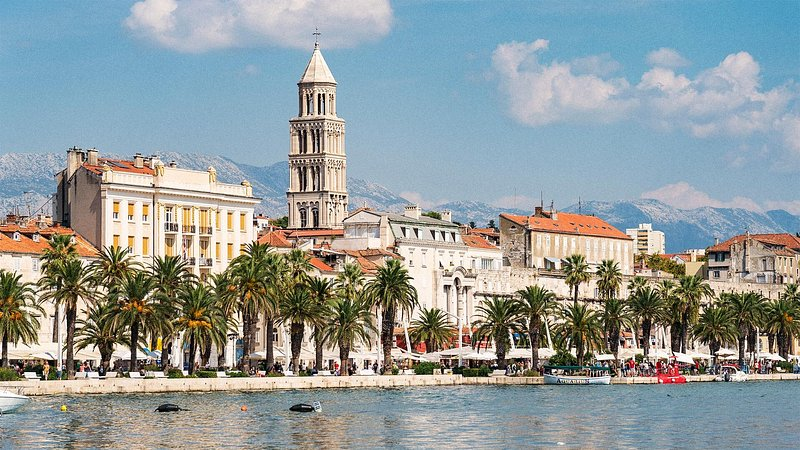
Split is a living Roman city built around the Diocletian’s Palace, a UNESCO World Heritage Site that feels like an open-air museum. Located on the Dalmatian Coast, it offers stunning Adriatic views, lively promenades, and easy access to Croatian islands like Hvar and Brač. Visitors can explore Marjan Hill for panoramic city views, Bacvice Beach for a swim, or Riva Promenade for sunset cocktails.
20. Dubrovnik, Croatia – The Pearl of the Adriatic
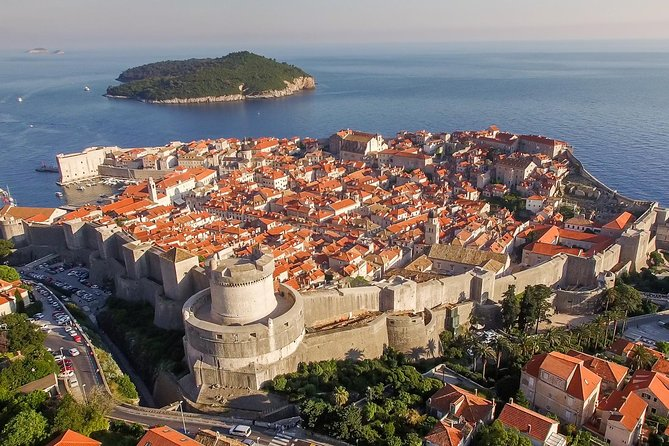
Dubrovnik’s walled Old Town is one of Europe’s most breathtaking historic sites. Overlooking the turquoise Adriatic, the city’s fortifications, red-roofed houses, and limestone streets make it a medieval dream. Visitors can walk along the city walls, explore Lovrijenac Fortress, or take a cable car to Mount Srđ for panoramic views with its Game of Thrones filming locations, hidden beaches, and vibrant café culture.
21. Valletta, Malta – A Fortress City with Mediterranean Flair
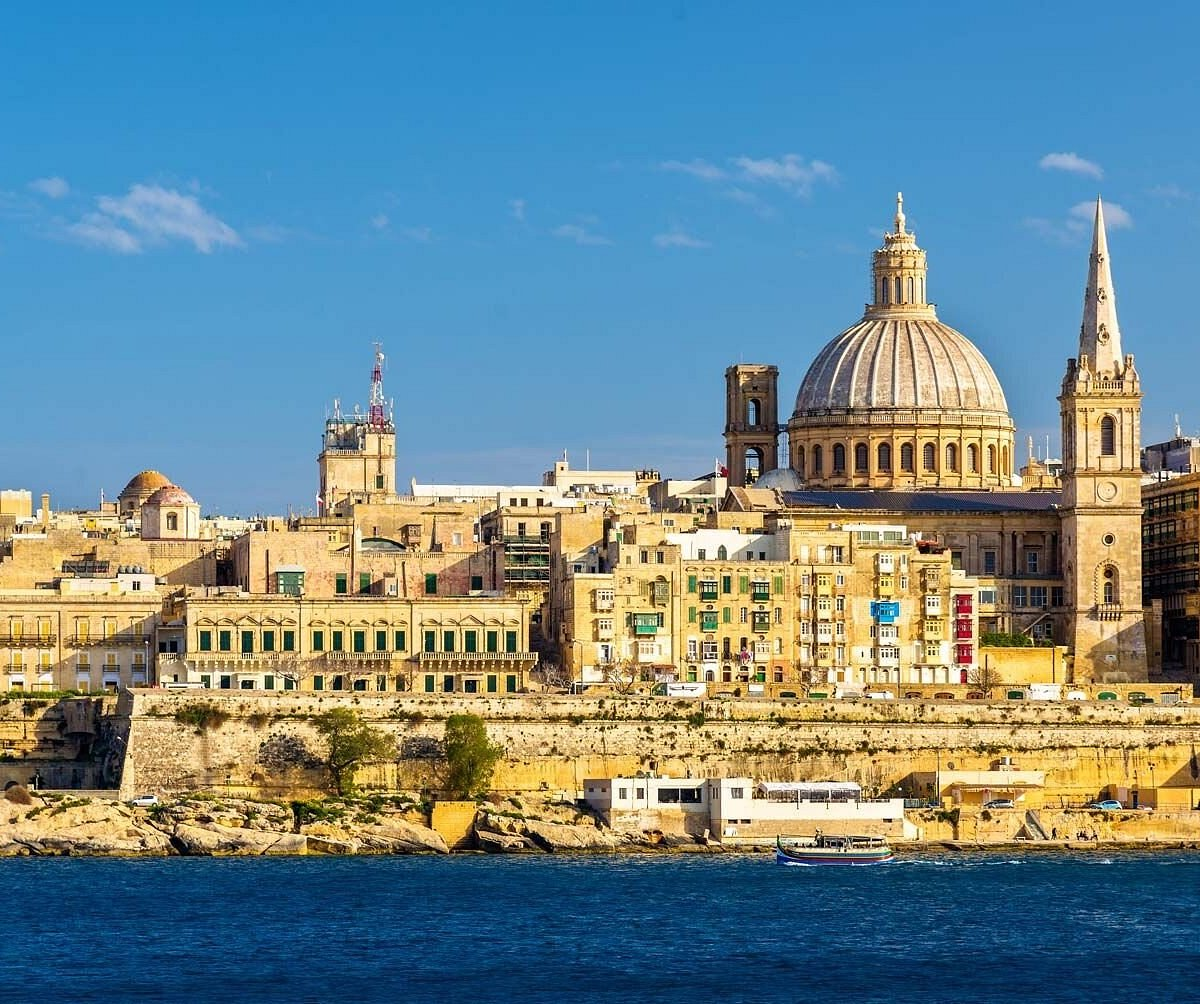
Valletta, Europe’s smallest capital, is a UNESCO-listed city packed with Baroque architecture, sun-drenched streets, and historic forts. Built by the Knights of St. John, it features landmarks like St. John’s Co-Cathedral, the Grandmaster’s Palace, and the stunning Upper Barrakka Gardens overlooking the Grand Harbour. Valletta is a melting pot of cultures, blending Italian, Arabic, and British influences.
22. Basel, Switzerland – Where Culture and the Rhine Collide
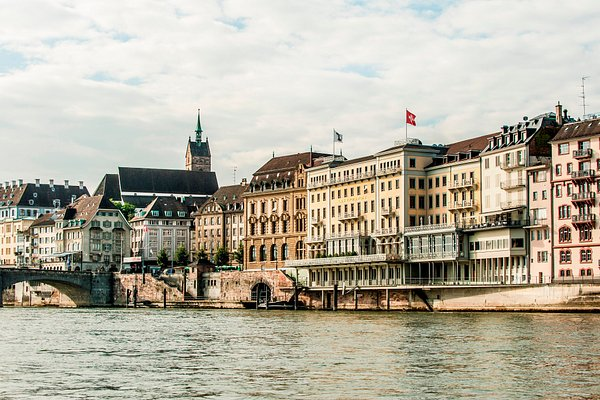
Basel, located on the banks of the Rhine River, is Switzerland’s cultural capital, home to 40+ museums, world-class art galleries, and stunning medieval architecture. The city is famous for the Kunstmuseum, Fondation Beyeler, and Art Basel, a globally renowned art fair. Stroll through Basel’s Old Town, explore the imposing Basel Minster, or relax along the Rhine with locals.
23. Athens, Greece – The Cradle of Western Civilization
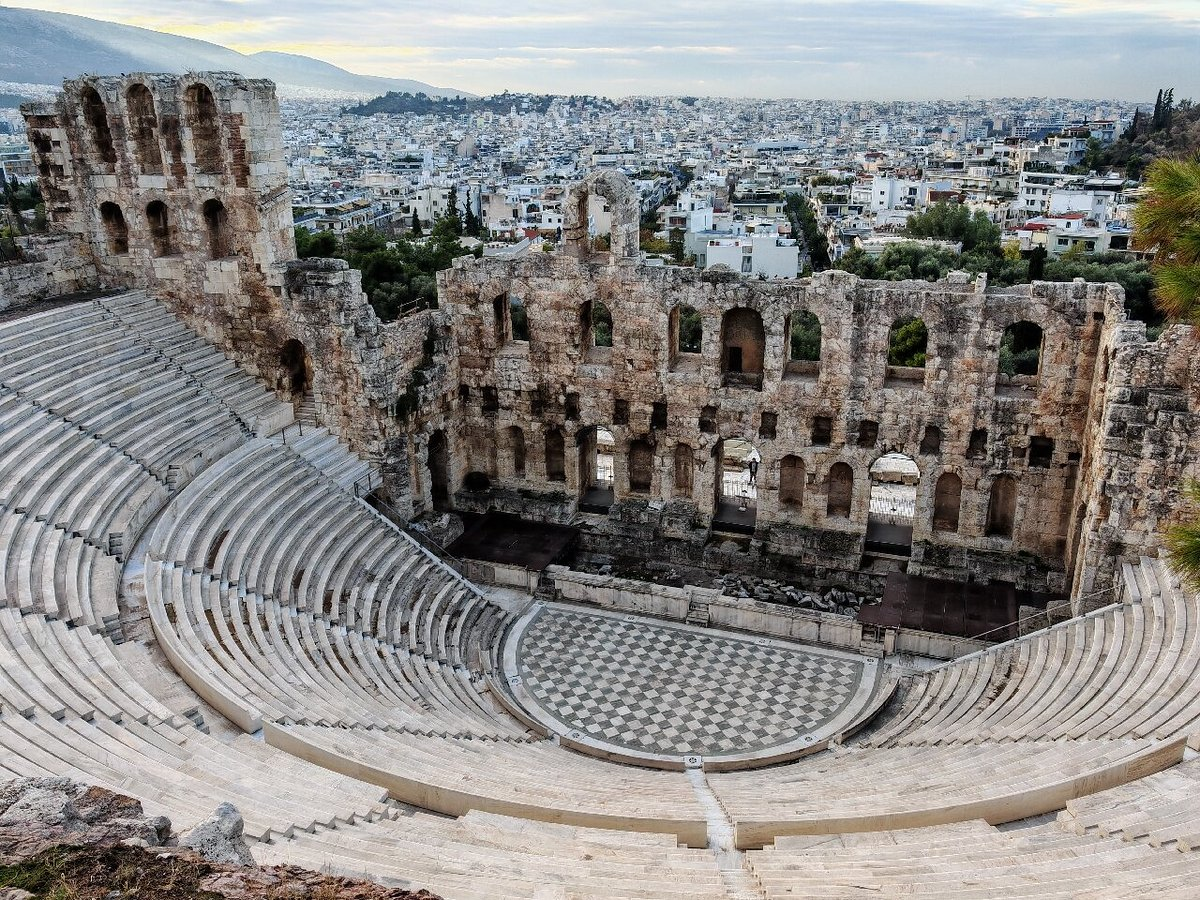
Athens is a city where ancient history meets modern energy. Home to the Acropolis, Parthenon, and Temple of Olympian Zeus, it’s a living museum. But beyond its archaeological treasures, Athens boasts a thriving café scene, creative neighborhoods like Psiri, and stunning rooftop bars with Acropolis views. Athens is the perfect blend of past, present, and future.
24. Bucharest, Romania – The Little Paris of the East
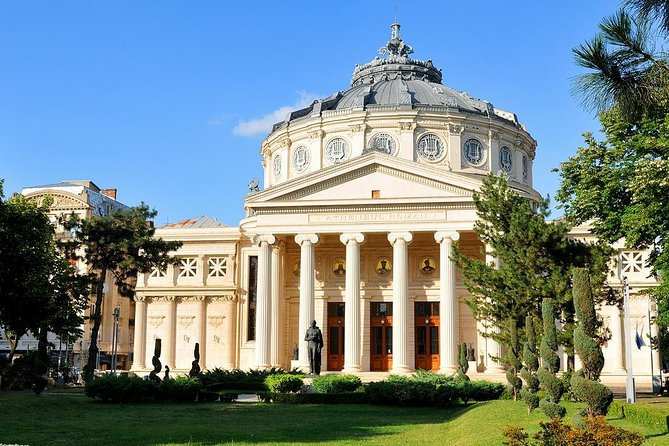
Bucharest surprises visitors with its blend of Belle Époque architecture, communist-era buildings, and a dynamic arts scene. Known as the “Little Paris of the East”, it features the stunning Stavropoleos Monastery, the colossal Palace of Parliament, and the charming Old Town. The city’s café culture is booming, and the Carturesti Carusel bookstore is a must-see.
25. Córdoba, Spain – A Mosaic of Cultures
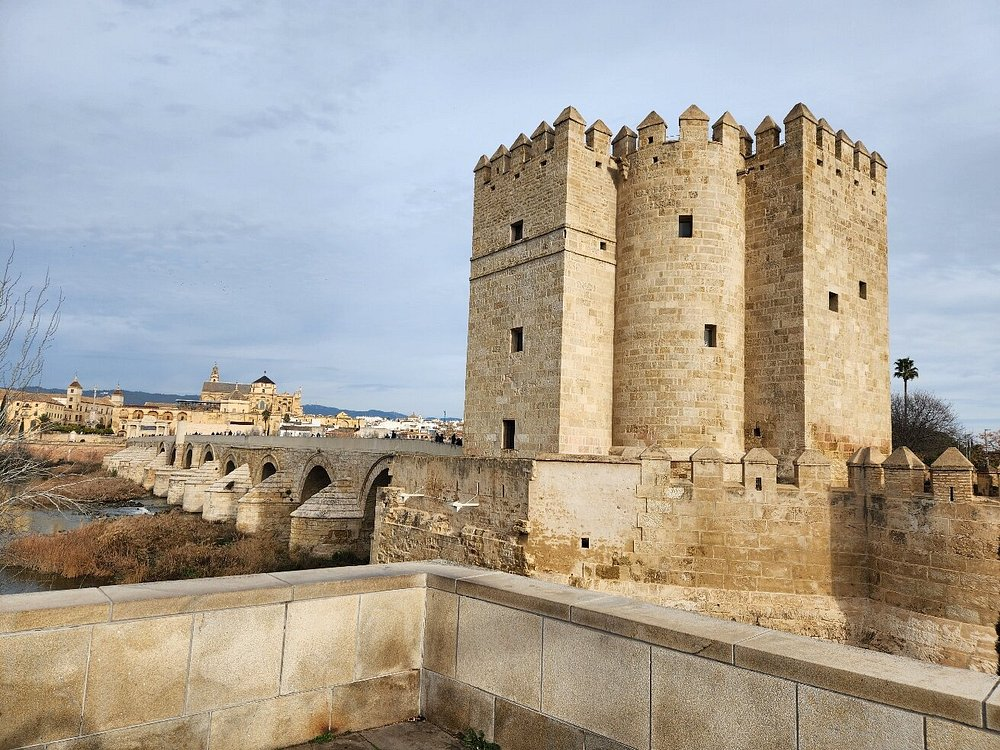
Córdoba is a city of patios, palaces, and Moorish wonders. Its most iconic site, the Mezquita-Cathedral, is a breathtaking blend of Islamic and Christian architecture. Wander through flower-filled courtyards, visit the Alcázar de los Reyes Cristianos, or stroll the Roman Bridge over the Guadalquivir River. Every May, the Patio Festival transforms the city into a floral paradise.
26. Seville, Spain – Flamenco, Tapas, and Orange Trees
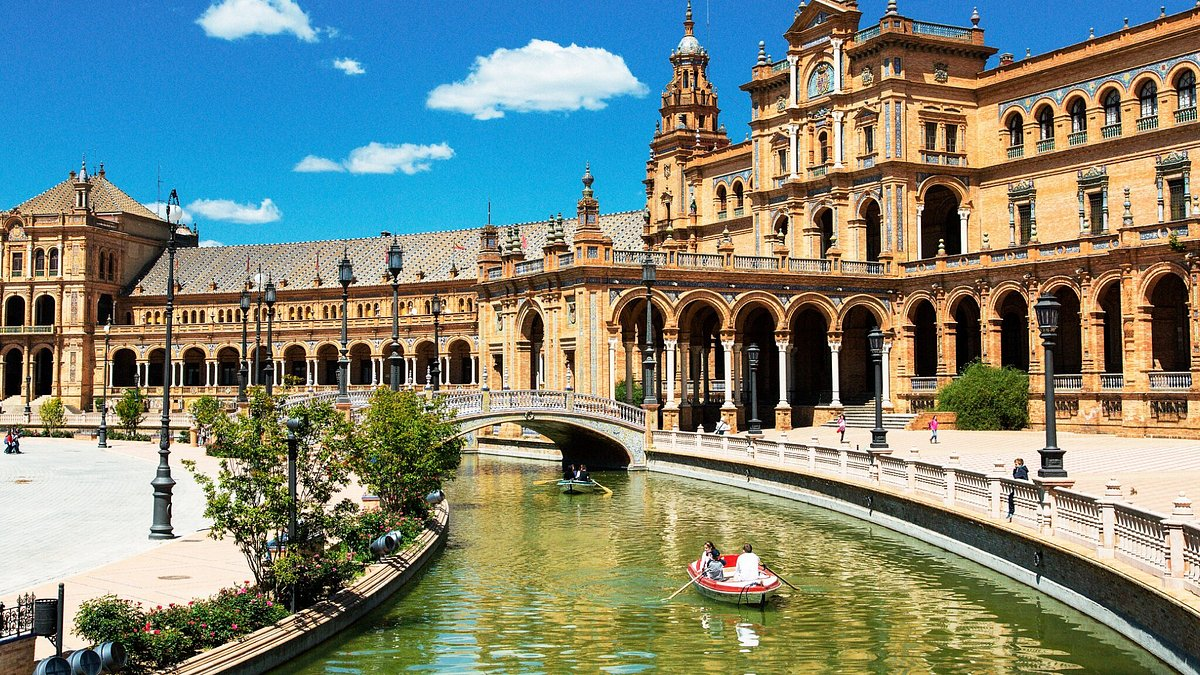
Seville is Spain’s most enchanting city, filled with Moorish palaces, flamenco music, and sunlit plazas. Its highlights include the Alcázar Palace, Seville Cathedral (home to Christopher Columbus’ tomb), and the iconic Metropol Parasol. Stroll through the charming Santa Cruz district, try authentic Andalusian tapas, and experience a live flamenco show. The Feria de Abril (April Fair) is a riot of color, music, and celebration.
27. Sibiu, Romania – A Fairytale Town with Eyes on Its Roofs
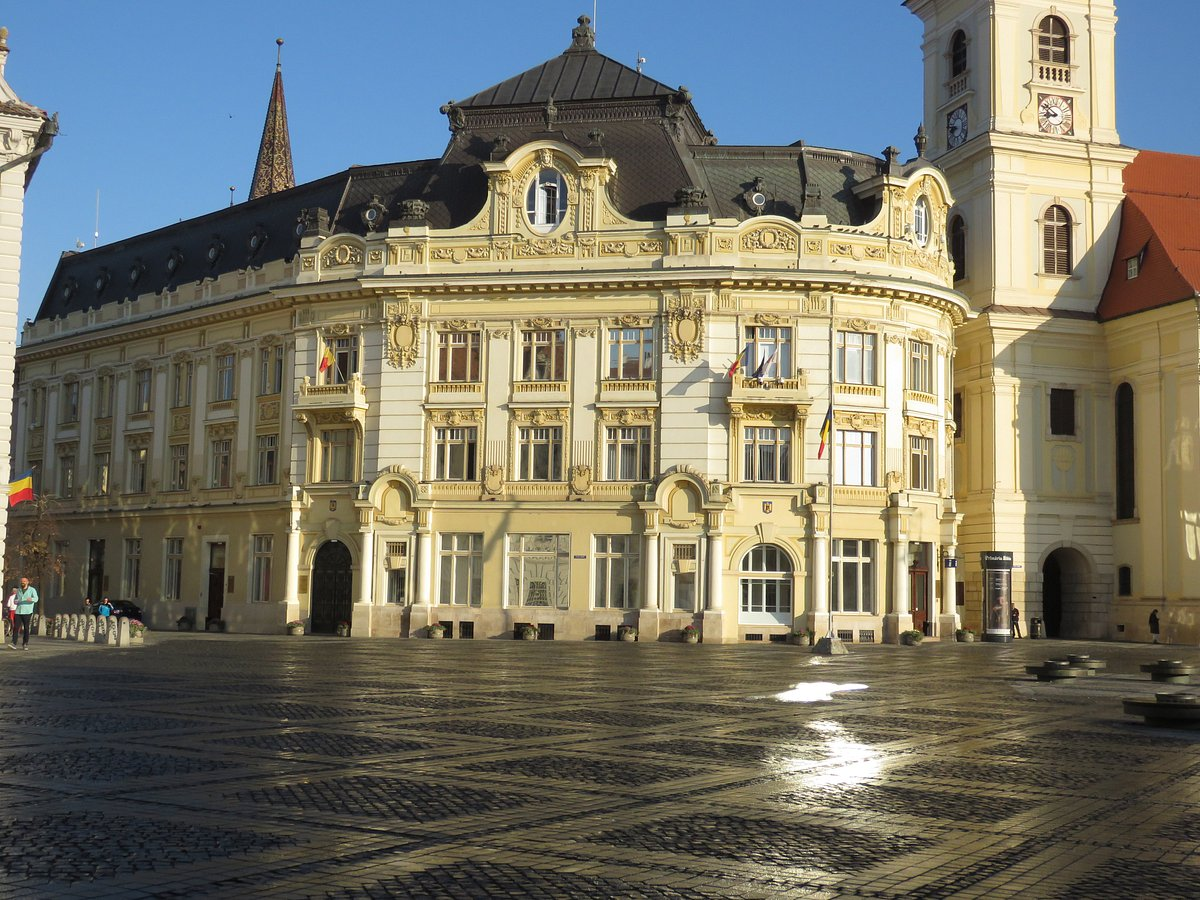
Sibiu, nestled in Transylvania, is a storybook city of medieval squares, Gothic churches, and pastel-colored houses. Known for its “houses with eyes”—rooftop windows that look like they’re watching you—Sibiu’s Old Town is one of Romania’s best-preserved. Voted Europe’s Best Destination in 2023, Sibiu is a hidden gem perfect for history buffs and photographers alike.
28. Kotor, Montenegro – A Fjord-Like Gem on the Adriatic
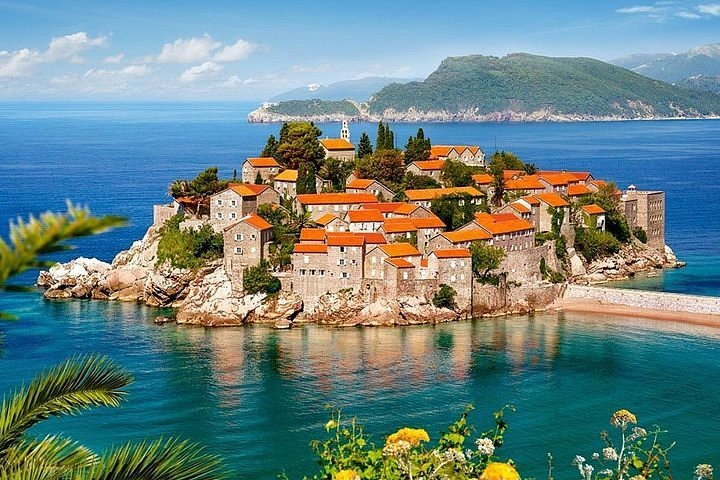
Kotor is a breathtaking medieval town tucked between Montenegro’s mountains and the Adriatic Sea. Its UNESCO-listed Old Town is a maze of narrow alleys, Venetian palaces, and historic churches. Hike up to San Giovanni Fortress for one of the best panoramic views in Europe. Unlike Dubrovnik, Kotor remains a quieter, more intimate experience, offering charming cafés, stunning sunsets, and a serene atmosphere.
29. Český Krumlov, Czech Republic – A Fairytale Riverside Town
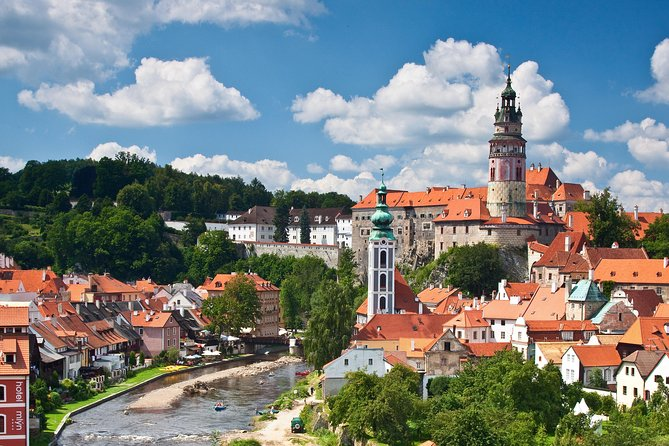
Český Krumlov is a medieval masterpiece, often compared to a smaller, quainter version of Prague. Its UNESCO-listed Old Town, wrapped around the Vltava River, is filled with Baroque architecture, charming streets, and the iconic Český Krumlov Castle. The castle’s Renaissance tower offers panoramic views, while the town’s cafés, artisan shops, and historic taverns create a magical atmosphere.
30. Annecy, France – The Venice of the Alps
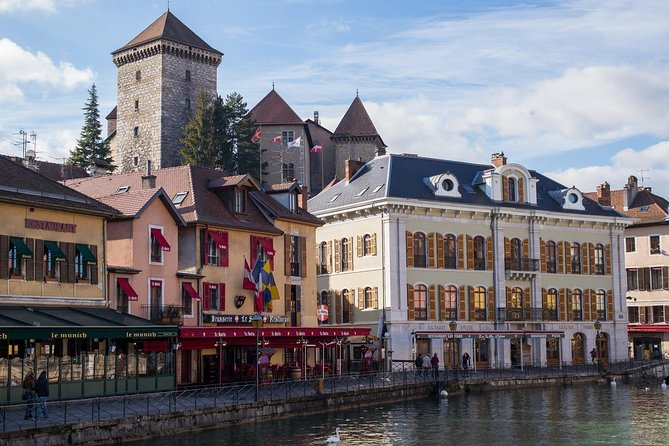
Annecy, set against snow-capped mountains and a crystal-clear lake, is one of France’s most picturesque small cities. Its canals, pastel-colored houses, and cobbled streets make it feel like a storybook come to life. Stroll along the Thiou River, visit the Château d’Annecy, or take a boat ride on Lake Annecy, considered Europe’s cleanest lake.
The best European experiences aren’t always in guidebooks. While millions flock to overcrowded tourist hubs, there are places where history remains untouched, local traditions thrive, and landscapes feel like they belong to another time. These 30 villages offer something cities can’t—authenticity, solitude, and stories whispered through ancient streets.
Which of these villages are you adding to your list? Let us know or tag us with your hidden gem discoveries. For more travel tips and hacks, visit our website and explore our resources to enhance your next adventure.
